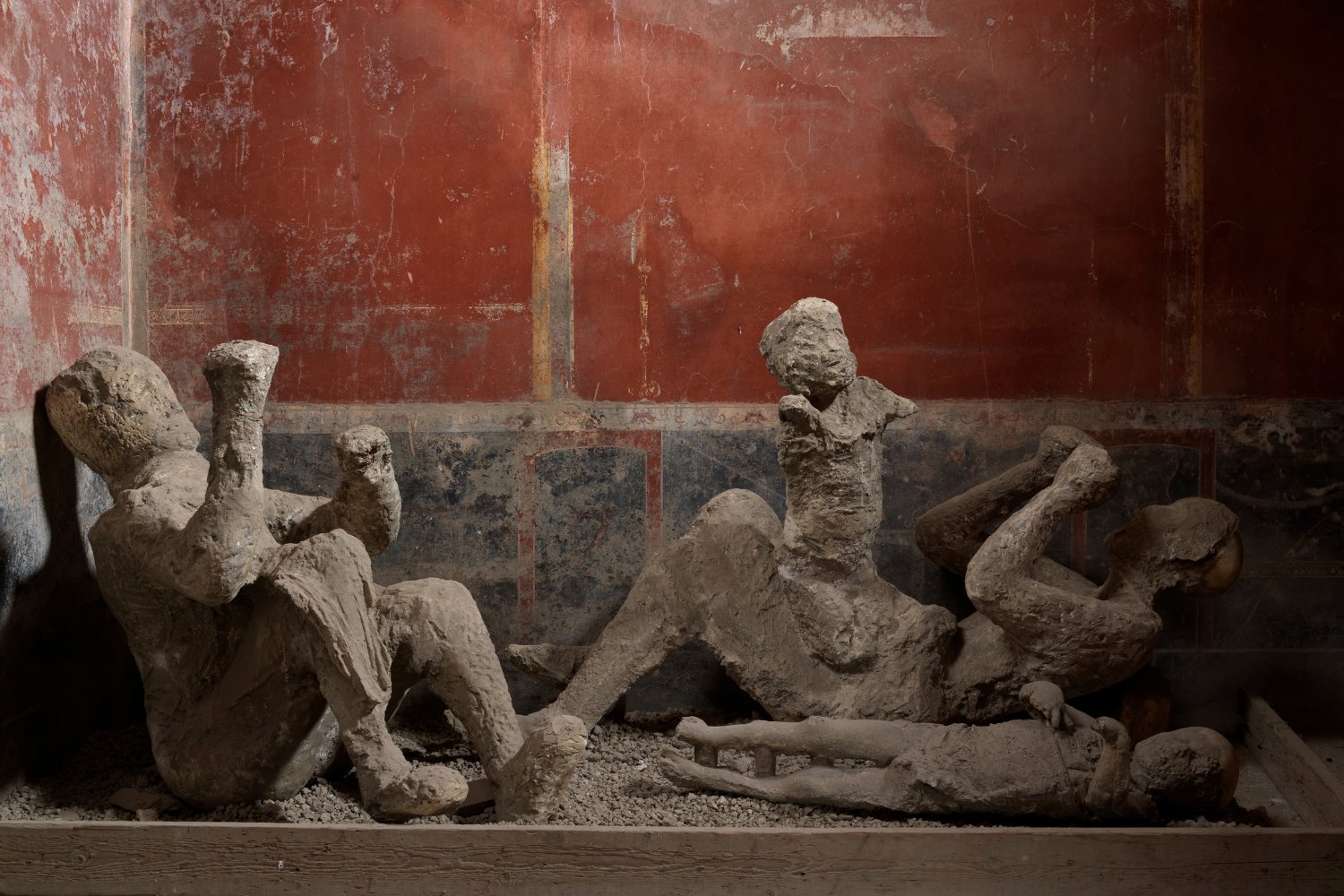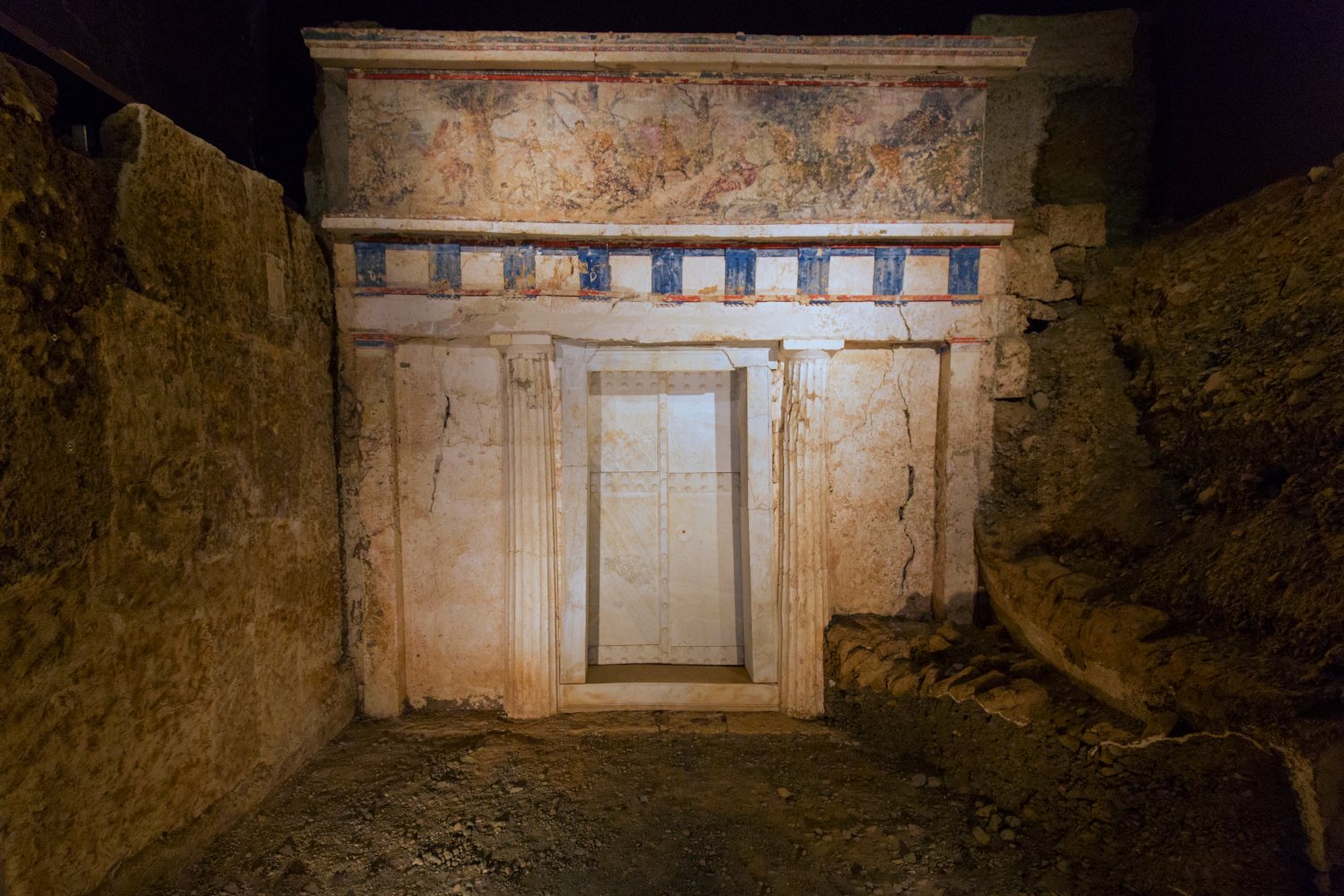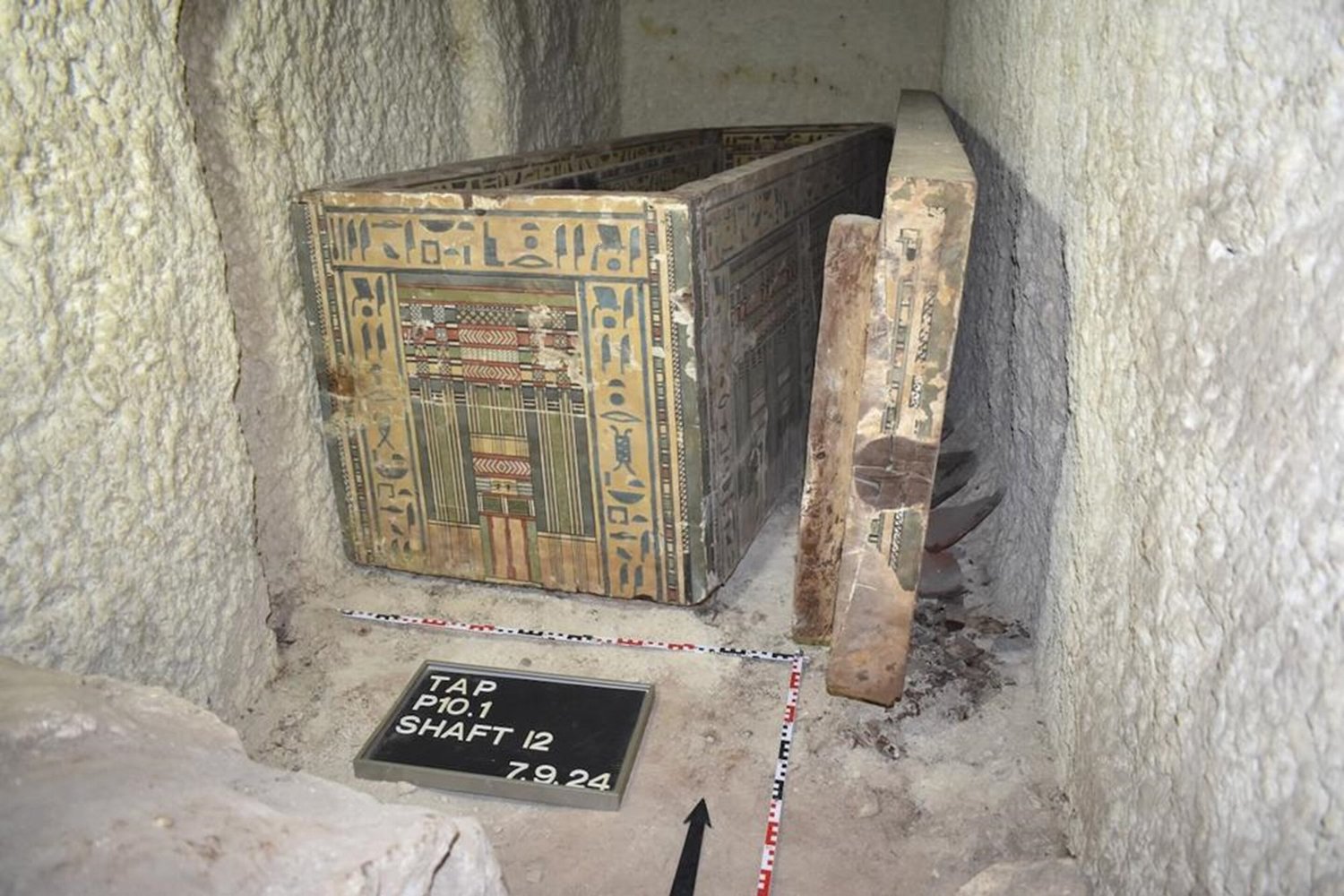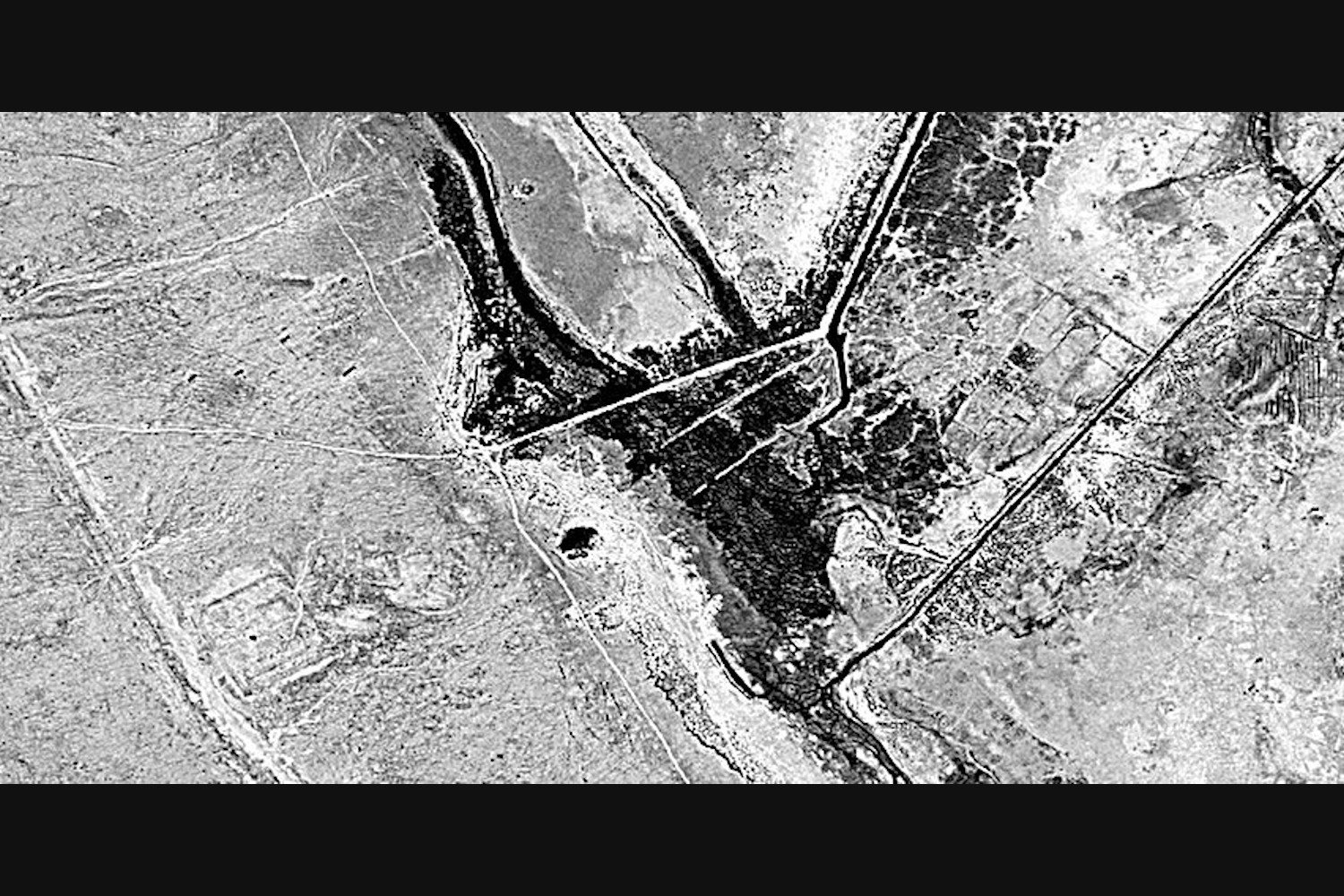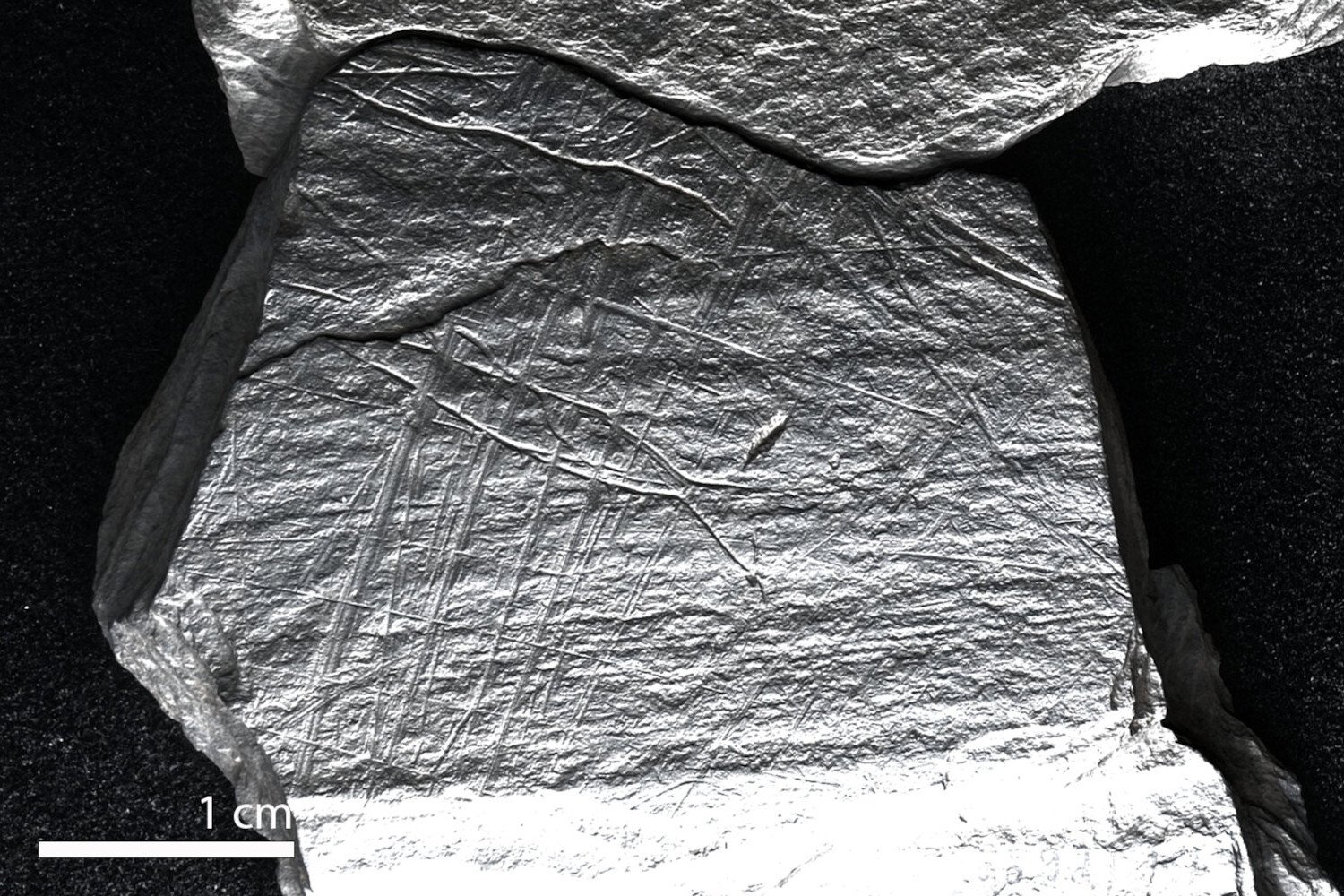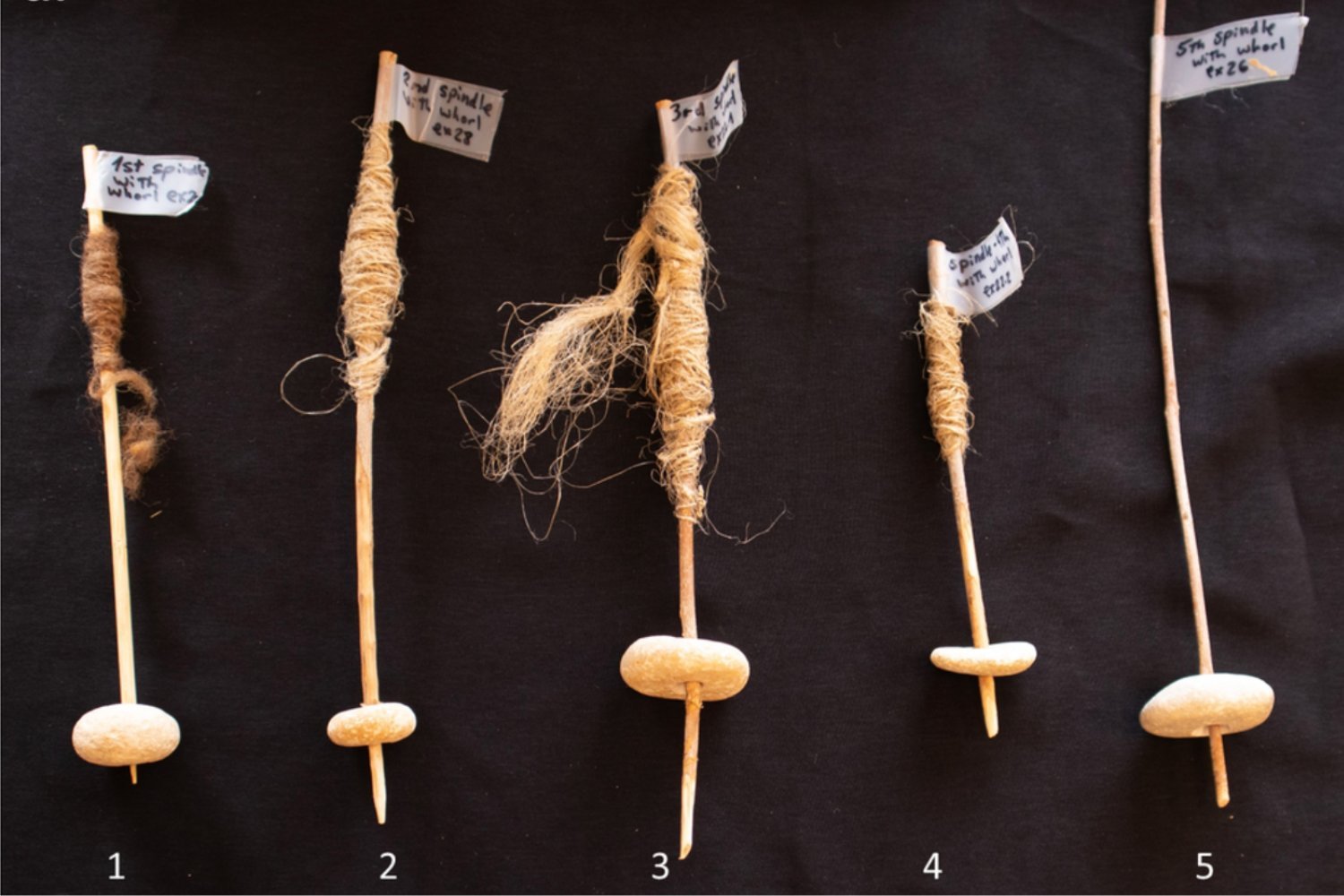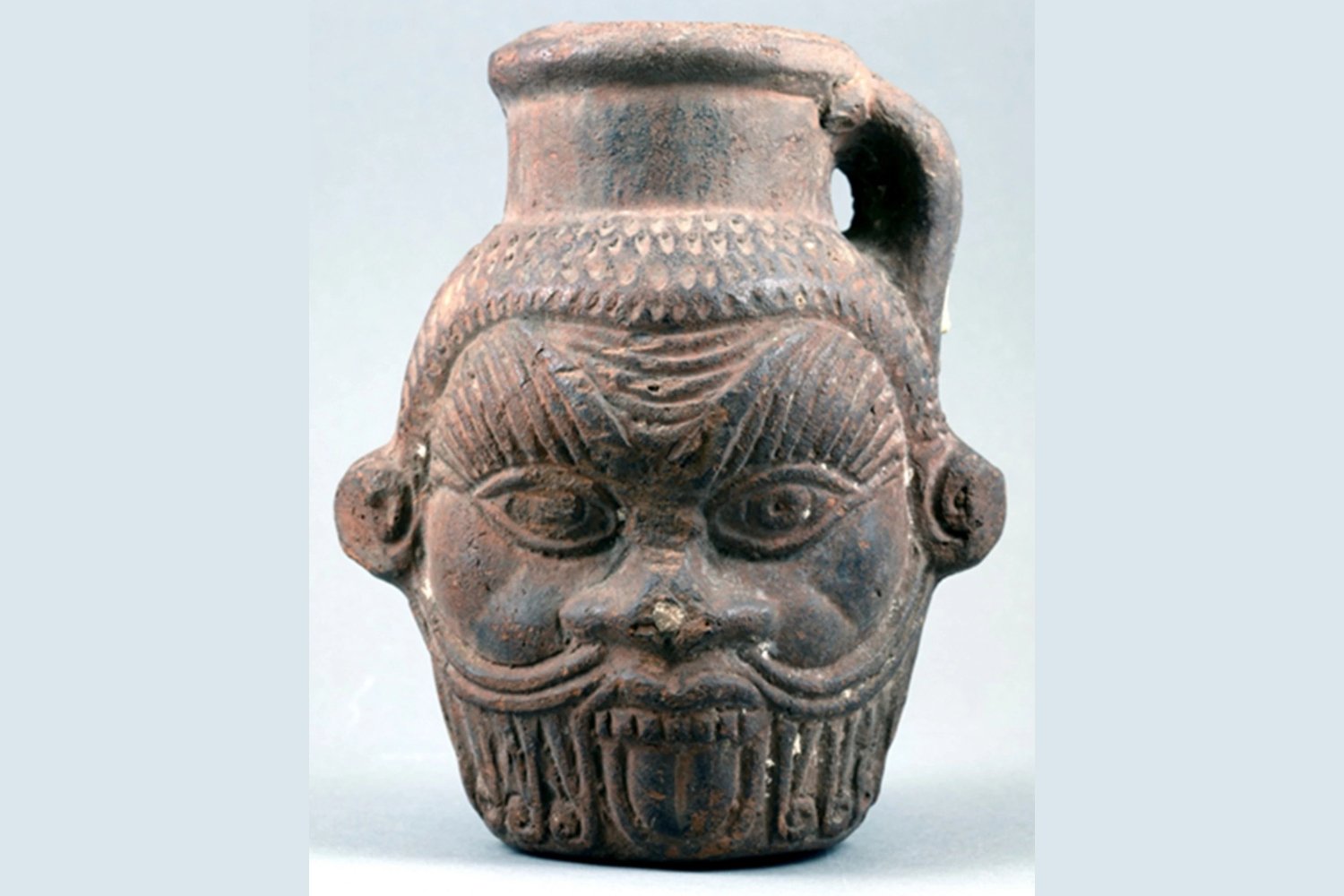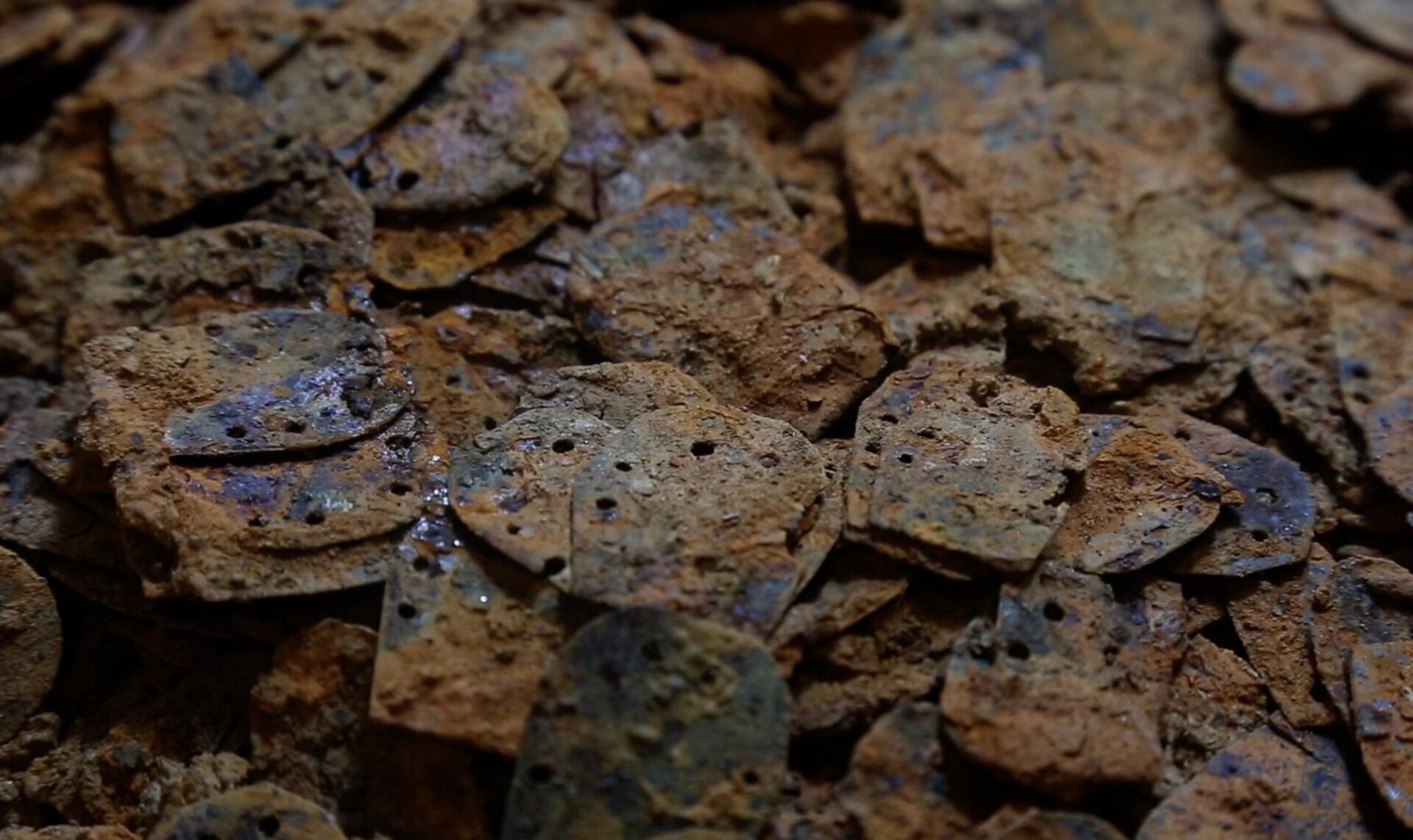The devastating eruption of Mount Vesuvius in 79 AD entombed the Roman city of Pompeii, preserving a snapshot of daily life. But a recent DNA analysis of the remains of some Pompeii victims reveals that previous assumptions about their identities and relationships were inaccurate, offering a more nuanced understanding of this ancient port city’s demographics.
The study, published in Current Biology, analyzed DNA extracted from 14 individuals encased in plaster casts, created by filling the voids left by decayed bodies in the hardened ash. This genetic data challenged long-held beliefs about several individuals, shedding light on the diverse population of Pompeii.
One notable example involves the remains of an adult wearing a gold bracelet and a child resting on their lap. Previously interpreted as a mother and child, the DNA reveals an unrelated male and child. Another pair, long thought to be sisters who perished together, included at least one male, casting doubt on their assumed relationship.
Genetic Diversity in Pompeii
This research highlights the cosmopolitan nature of Roman society, extending beyond the metropolis of Rome to smaller cities like Pompeii. The genetic analysis indicates significant influences from the Eastern Mediterranean, the Levant, and North Africa, particularly North African Jewish populations. This diversity is not surprising given Pompeii’s status as a major port in the first-century Roman Empire, but the genetic findings provide concrete evidence of this cultural melting pot.
“We show that the large genetic diversity with significant influences from the Eastern Mediterranean… underscores the cosmopolitan and multi-ethnic nature of Roman society,” said Alissa Mittnik, an archaeogeneticist at the Max Planck Institute for Evolutionary Anthropology and Harvard University, and co-author of the study.
Correcting Past Narratives
Beyond demographics, this study underscores the limitations of relying solely on limited archaeological evidence. Previous interpretations of the victims’ remains often reflected the prevailing worldviews of researchers at the time, leading to potentially inaccurate narratives. For instance, the man discovered at the Villa of the Mysteries was often portrayed as a custodian who remained at his post, a narrative now challenged by the new findings.
“This study illustrates how unreliable narratives based on limited evidence can be, often reflecting the worldview of the researchers at the time,” said co-author David Caramelli, a researcher at the Universita di Firenze.
Unreliable Narratives
Mittnik further emphasizes the need for caution in interpreting the victims’ final moments. “Most narratives spun around the victims take into account that they were likely attempting to flee the city, but these stories often link them to their discovery place,” she noted. The new data encourages a broader range of scenarios to explain the evidence.
The Power of Ancient DNA
The study also acknowledges the possibility of past manipulation of the casts during restoration, potentially distorting the true positions of the bodies. Genetic analysis offers a more objective lens through which to examine the past, correcting these potential inaccuracies. Gabriele Scorrano, a geneticist at the University of Rome Tor Vergata, highlighted the potential of ancient DNA analysis when combined with archaeological records, offering a more nuanced understanding of Pompeii’s victims.
A More Complete Picture of Pompeii
Pompeii provides a unique window into the past. Advances in genetic testing and ongoing excavations continue to reveal new information about this ancient city. As researchers continue to analyze the remains, a more complete and accurate portrait of Pompeii will emerge, allowing us to understand the lives of those who perished in the volcanic eruption.



